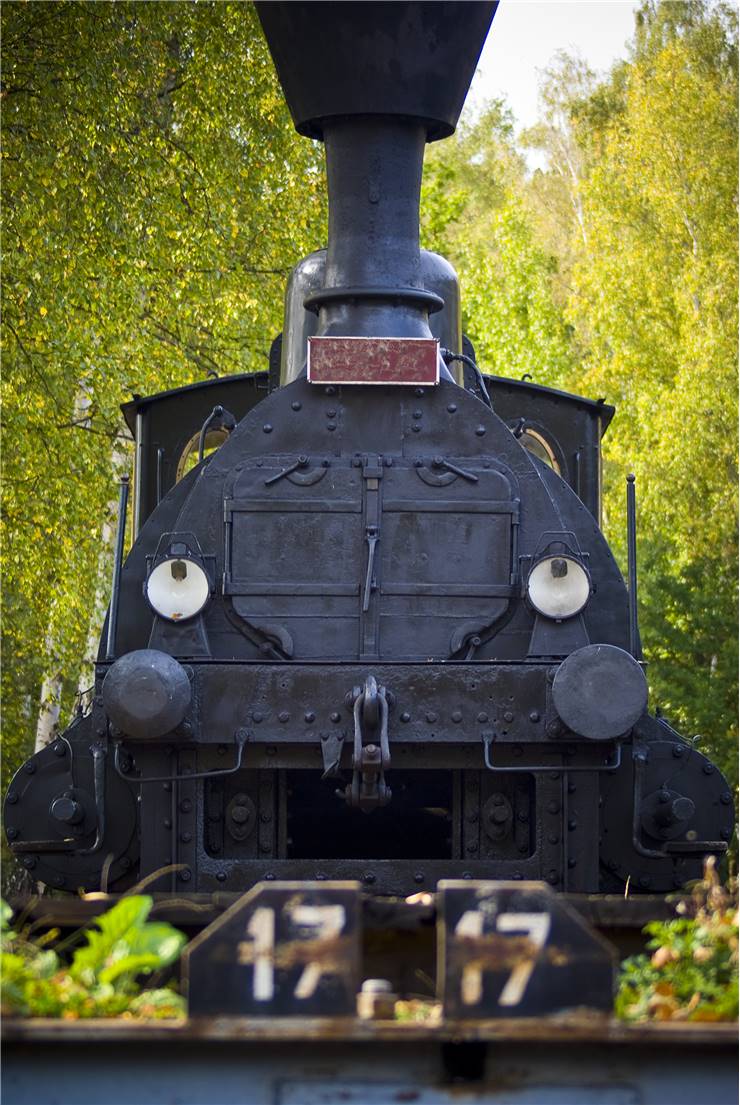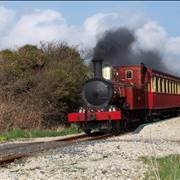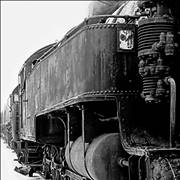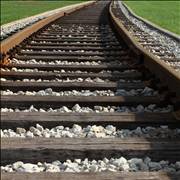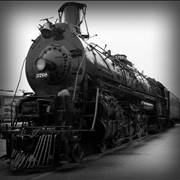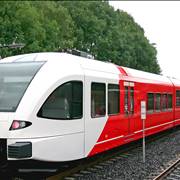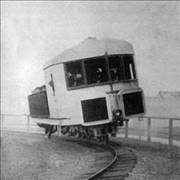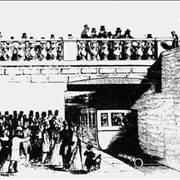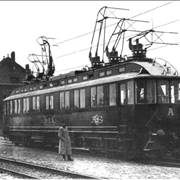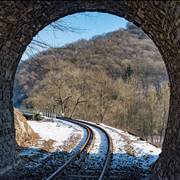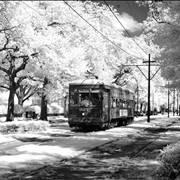History of Railways - Invention of Rail Transport
With over 200 years of innovation and improvement, train industry managed to grow from its simple “steam engine” years to the modern envorment where train networks encompass entire planet Earth. Find out more about railway history here.
History of Rail Transport
If you ever wanted to know more about history of the rail transport, then here is the perfect place to find out from where came the inspiration for modern trains, early days of steam engine, spreading of train networks around the world, creation of first subways and much, much more.
History of Steam Locomotive
Steam locomotive represent the starting point of the modern railway industry that grew into the worldwide phenomenon that enabled us to spread, move vast amounts of goods, passengers, and shape the look of the modern human civilizations.
Railroad Timeline
Trains and railways were present in our history from early 1800s, but between their inception and today they went through many interesting stages that had big impact to our culture and history. Here you can find out more about the timeline of those most important events.
Types of Locomotives
The first locomotives appeared with the Industrial revolution. In time more efficient locomotives appeared until we got an idea to make an atomic one. Luckily, we stopped there and today we have many interesting types of locomotives.
History of Railroad Cars
Railroad cars fulfill a wide variety of roles in the complex of train. They carry passengers, goods in all aggregate states and help train work properly. Find more about railroad cars here.
Monorail History
Monorail can look as a futuristic idea but their roots are as old as those of the classical railway. It is considered cheaper, faster, more comfortable and safer than the railway we all are accustomed with. Read more about monorail history and facts.
Atmospheric Railway
Atmospheric railway is an interesting variant of railway that needs no locomotive and is much quieter. It is powered by compressed air and is in development as the rest of the railway itself.
High-speed Rail
There is rail and there is high-speed rail. Since the beginnings of rail, people tried to make trains faster and safer. High-speed rail is pinnacle of those attempts and of human ingenuity.
Railway Tunnels
Railway tunnels enable train networks to more easily pass through hard terrains, reach below seas to connect distant islands and enable a more streamlined network of travel for both cargo and passengers. History of the longest and most important rail tunnels can be found here.
Trams
Initially powered by horses, the trolleys very quickly grew into some of the most important transportation vehicles of modern history, serving hundreds of millions of passengers daily in over 380 cities around the world. Find out more about trams and their history and development,
